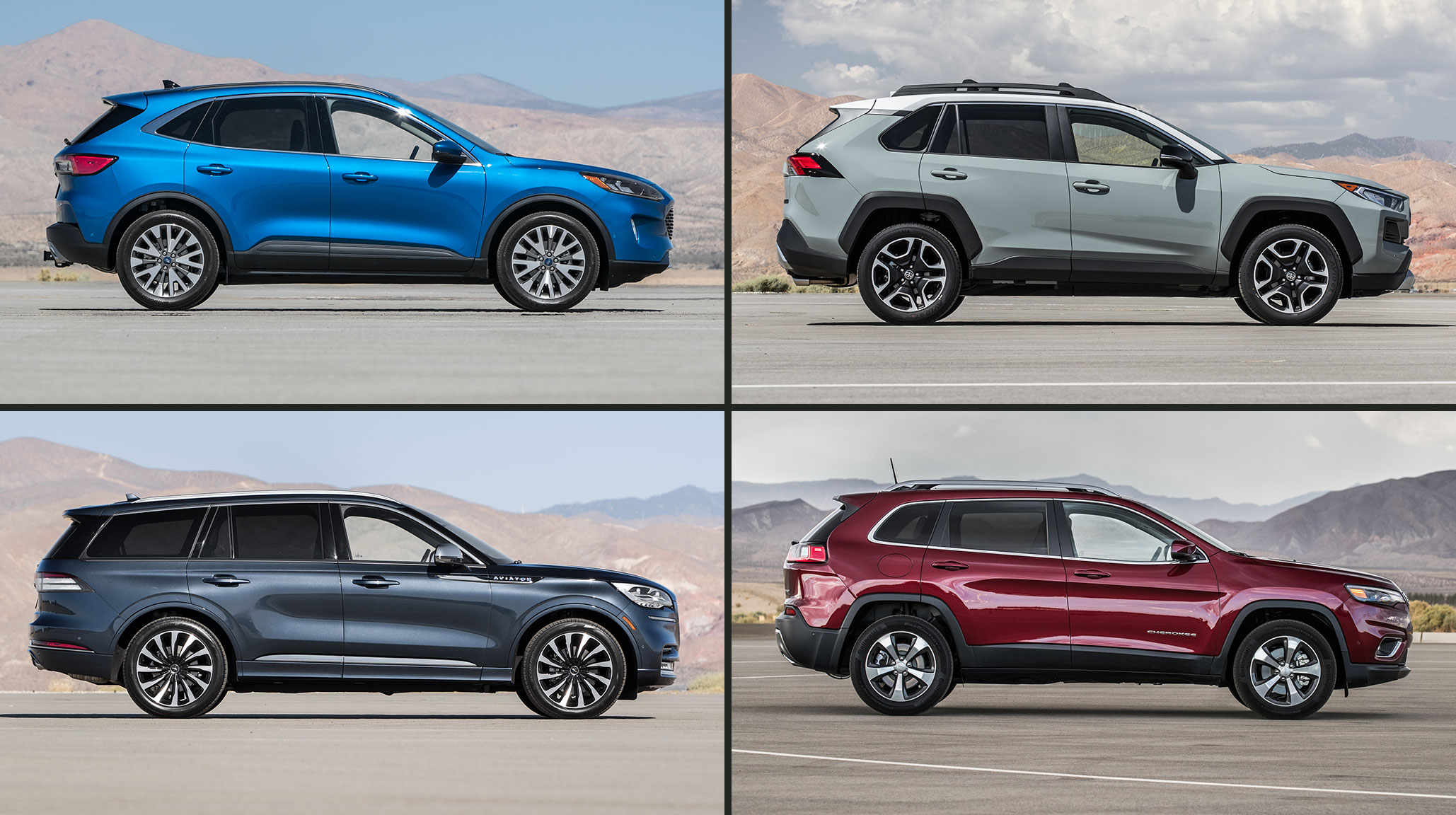Vehicles and Section 179 deduction

One of the more popular uses of the Section 179 Deduction has been for vehicles. In fact, several years ago the Section 179 deduction was sometimes referred to as the “Hummer Tax Loophole,” because at the time it allowed businesses to buy large SUV’s and write them off. While this particular use (or abuse) of the tax code has been modified with the limits explained below, it is still true that Section 179 can be advantageous in buying vehicles for your business.
Vehicles used in your businesses qualify – but certain passenger vehicles have a total deduction limitation of $11,160, while other vehicles that by their nature are not likely to be used more than a minimal amount for personal purposes qualify for full Section 179 deduction
Note: the deduction for business vehicles is the same whether they are purchased outright, leased, or financed with Section 179 qualified financing.
What Business Vehicles Qualify for the full Section 179 Deduction?
Note that because many vehicles can serve business and personal function both, the rules for business vehicle deductions are always evolving, and can be complicated. It is easier to list the typical vehicles that will generally qualify for a full section 179 deduction, and then discuss the rules for other vehicles.
Many “business vehicles” that, by their nature, are not likely to be used for personal purposes will usually always qualify for full Section 179 deduction. This includes the following vehicles:
- Vehicles that can seat nine-plus passengers behind the driver’s seat (i.e.: Hotel / Airport shuttle vans, etc.).
- Vehicles with: (1) a fully-enclosed driver’s compartment / cargo area, (2) no seating at all behind the driver’s seat, and (3) no body section protruding more than 30 inches ahead of the leading edge of the windshield. In other words, a classic cargo van.
- Heavy construction equipment will qualify for the Section 179 deduction, as will forklifts and similar.
- Typical “over-the-road” Tractor Trailers will qualify.
What are the limits on Typical Passenger Vehicles used for Business?
For passenger vehicles, trucks, and vans (not meeting the guidelines below), that are used more than 50% in a qualified business use, the total deduction including both the Section 179 expense deduction as well as Bonus Depreciation is limited to $11,160 for cars and $11,560 for trucks and vans.
Exceptions include the following vehicles:
- Ambulance or hearses used specifically in your business
- Taxis, transport vans, and other vehicles used to specifically transport people or property for hire.
- Qualified non-personal use vehicles specifically modified for business (e.g. work van without seating behind driver, permanent shelving installed, and exterior painted with company’s name)
- Other heavy “non-SUV” vehicles and trucks with a cargo area at least six feet in interior length (this area must not be easily accessible from the passenger area.) To give an example, many pickups with full-sized cargo beds will qualify for a full deduction (although some “extended cab” pickups may have beds that are too small to qualify).
Limits for SUVs or Crossover Vehicles with GVW above 6,000lbs
Certain vehicles (with a gross vehicle weight rating above 6,000 lbs. but no more than 14,000 lbs.) qualify for deducting up to $25,000 if the vehicle is purchased and placed in service prior to December 31 and meets other conditions.
Other Considerations
Vehicles can be new or used (“new to you” is the key). The vehicle must be acquired in an “arms-length” transaction, financed with certain qualified leases and loans, and titled in the company name (not in the company owner’s name).
The vehicle must also be used for business at least 50% of the time – and these depreciation limits are reduced by the corresponding % of personal use if the vehicle is used for business less than 100% of the time.
Remember, you can only claim Section 179 in the tax year that the vehicle is “placed in service” – meaning when the vehicle is ready and available – even if you are not using the vehicle. Further, a vehicle first used for personal purposes does not qualify in a later year if its purpose changes to business.
As always, if you have questions, consult with LNK Tax Group for exact rules regarding Section 179 and vehicles. We offer a free 20-minute initial consultation to see if any how we can help you with your taxes.
